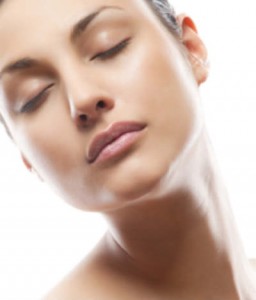Fractional Skin Resurfacing Q&A
There are a lot of facial rejuvenation procedures out there these days. Many can achieve similar effects, but use different methods, Most are designed to produce specific results based on the condition of your skin, and they make work best for certain skin issues and even certain areas.
Each skin resurfacing procedure usually has its own unique features, and many people use trial and error to discover their “personal favorites.” You might even have yours, or you might be overwhelmed by all the choices, which grow and change as new techniques and technologies become available. We would like to make it easier for you!
Turn to a trusted skin care expert
You can always schedule a consultation with us to learn more about the many effective procedures we offer for skin resurfacing and any other cosmetic or plastic surgery procedure, and we can help you decide on the one (or ones) that can help you meet your goals for your skin and appearance. Simply call us today for an appointment: 610.527.4833.
 Keep reading to learn more right now
Keep reading to learn more right now
One of the aesthetic skin care services that is popular at Claytor/Noone Plastic Surgery Institute is fractional skin resurfacing.
How does fractional resurfacing work?
It uses micro-beams to treat microscopic columns of skin with penetrating heat. You can expect visible improvement with minimal down time.
What does fractional skin resurfacing do?
- It can improve skin texture.
- It can improve skin tone.
- It can provide a noticeable lightening of brown spots.
- It can improve the appearance of wrinkles.
- It can provide skin tightening.
- It can improve the appearance of scars.
What is a fractional procedure best for?
It can be used on delicate areas such as:
- The face
- The neck
- The chest
How do you care for the treated area?
It’s important to take careful care of your skin while it’s healing:
- Rinse several times a day with cool water.
- Avoid using soaps and perfumes.
- Change ointment or any dressing as instructed by your doctor.
- Avoid sun exposure.
- After peeling has stopped, use sunscreen every day.
- Don’t miss follow-up visits to your doctor.
